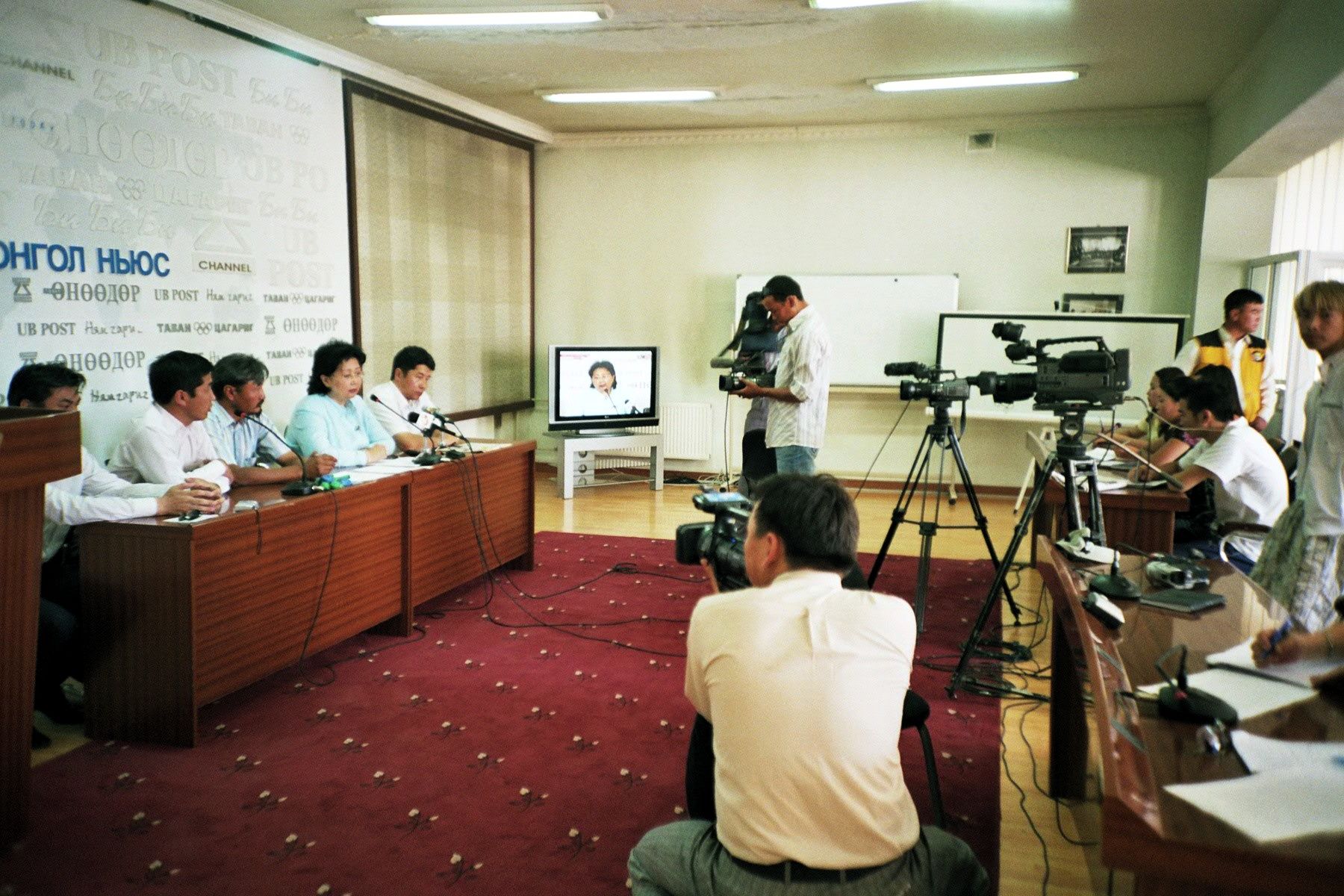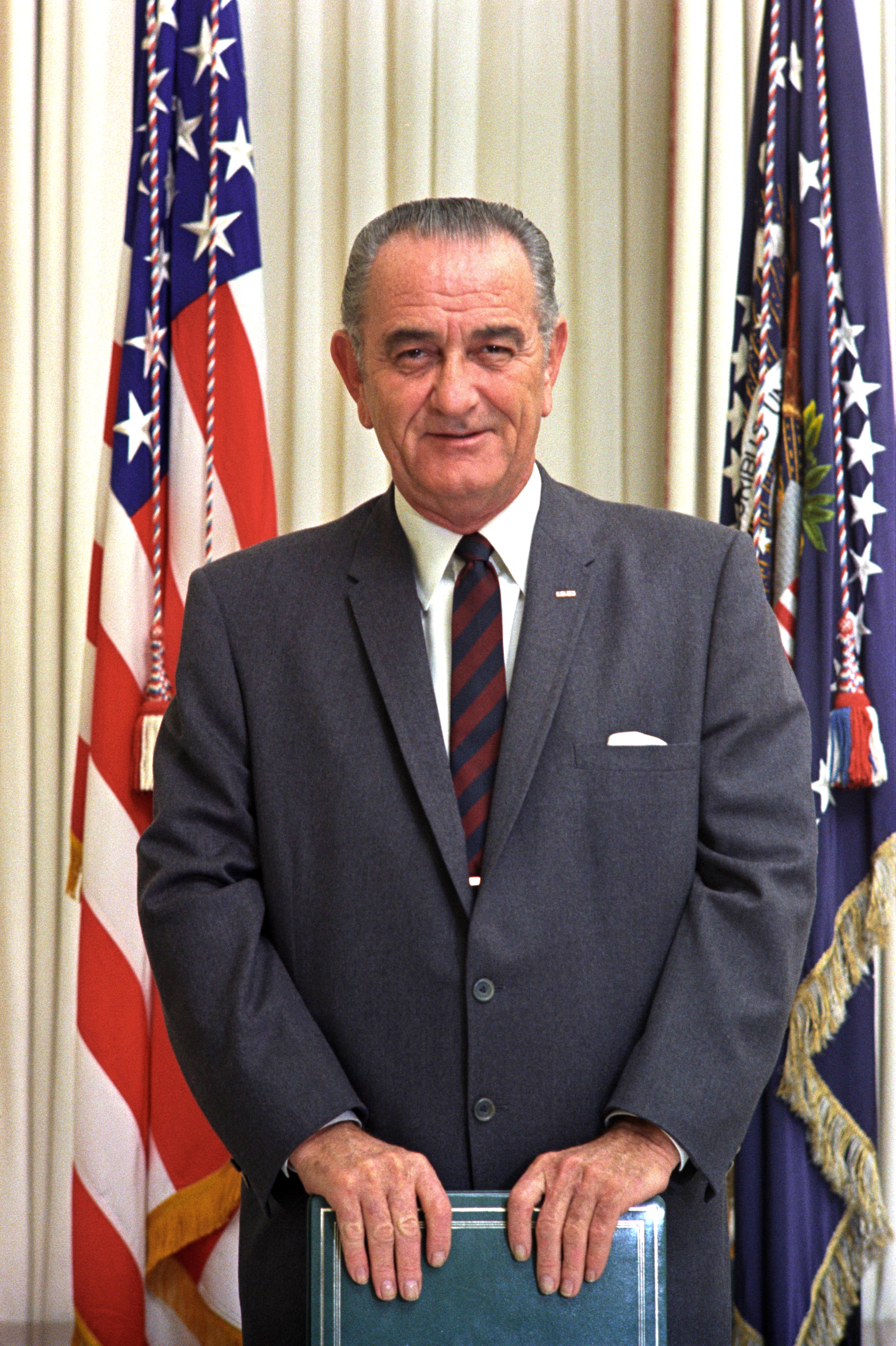|
Bayan-Ölgii Province Longwave Radio Broadcast Mast
Bayan-Ölgii Province longwave radio broadcast tower () is a guyed mast, and the tallest structure in Mongolia at a height of 352.5 meters. The mast serves as a radio antenna. The radio center and station's foundations were laid in 1961, with aid from Czechoslovakia, while the mast was constructed in April 1964. It is located in Ölgii in Bayan-Ölgii Province. The radio tower has mast lights, lit with blue lights. On it radio advertisements and the local time are written in large letters. See also *Media of Mongolia *Communications in Mongolia Telecommunications in Mongolia face unique challenges. As the least densely populated country in the world, with a significant portion of the population living a nomadic lifestyle, it has been difficult for many traditional information and communi ... References 1964 establishments in Mongolia Ölgii (city) Buildings and structures in Bayan-Ölgii Province Infrastructure completed in 1964 Television in Mongolia {{Mongol ... [...More Info...] [...Related Items...] OR: [Wikipedia] [Google] [Baidu] |
Ölgii (city)
Ölgii ( ; ) is the capital of the Bayan-Ölgii Aimag (province) of Mongolia, located in the extreme west of the country on the banks of the Khovd River. It lies on an altitude of . As of 2024 it had a population of 50,126 people. History Ölgii was an ethnic Kazakh village before the founding of the modern nation of Mongolia in 1911. Kazakhs have been coming to the Altai region of Mongolia for at least 200 years. Many came as Kazakhs faced pressure from the expanding Russian Empire. These numbers increased significantly after the 1917 Russian Revolution and the rise of communism in China. It was the center of Islam in Mongolia before religious purges in the 1930s in which the mosque was destroyed and the imam was executed. Mongolia initially tried to suppress Kazakh language and culture before creating Bayan-Ölgii Aimag in 1939, with Ölgii as the seat of government. Much of the center of the city was built in the 1950s to 1980s. Ölgii developed less than the rest of M ... [...More Info...] [...Related Items...] OR: [Wikipedia] [Google] [Baidu] |
Mongolia
Mongolia is a landlocked country in East Asia, bordered by Russia to the north and China to the south and southeast. It covers an area of , with a population of 3.5 million, making it the world's List of countries and dependencies by population density, most sparsely populated sovereign state. Mongolia is the world's largest landlocked country that does not border an Endorheic basin, inland sea, and much of its area is covered by grassy steppe, with mountains to the north and west and the Gobi Desert to the south. Ulaanbaatar, the capital and List of cities in Mongolia, largest city, is home to roughly half of the country's population. The territory of modern-day Mongolia has been ruled by various nomadic empires, including the Xiongnu, the Xianbei, the Rouran, the First Turkic Khaganate, the Second Turkic Khaganate, the Uyghur Khaganate and others. In 1206, Genghis Khan founded the Mongol Empire, which became the largest List of largest empires, contiguous land empire i ... [...More Info...] [...Related Items...] OR: [Wikipedia] [Google] [Baidu] |
Longwave
In radio, longwave (also spelled long wave or long-wave and commonly abbreviated LW) is the part of the radio spectrum with wavelengths longer than what was originally called the medium-wave (MW) broadcasting band. The term is historic, dating from the early 20th century, when the radio spectrum was considered to consist of LW, MW, and short-wave (SW) radio bands. Most modern radio systems and devices use wavelengths which would then have been considered 'ultra-short' (i.e. VHF, UHF, and microwave). In contemporary usage, the term ''longwave'' is not defined precisely, and its intended meaning varies. It may be used for radio wavelengths longer than 1,000 m i.e. frequencies smaller than 300 kilohertz (kHz), including the International Telecommunication Union (ITU) low frequency (LF, 30–300 kHz) and very low frequency (VLF, 3–30 kHz) bands. Sometimes the upper limit is taken to be higher than 300 kHz, but not above the start of the medium wave ... [...More Info...] [...Related Items...] OR: [Wikipedia] [Google] [Baidu] |
Guyed Mast
A guyed mast is a tall thin vertical structure that depends on guy lines (diagonal tensioned cables attached to the ground or a base) for stability. The mast itself has the compressive strength to support its own weight, but does not have the shear strength to stand unsupported or bear loads. It requires guy lines to stay upright and to resist lateral (shear) forces such as wind loads. Examples include masts on sailing vessels, towers for telecommunications, meteorology, and masts on cranes, power shovels, draglines, and derricks, starting with the simple gin pole. Applications The principal applications of guyed masts are the masts of sailing vessels, guyed towers, and as the main tower of heavy equipment such as cranes, power shovels, draglines, and derricks, the simplest of which is the gin pole. Guyed masts are frequently used for radio masts and towers. The mast can either support radio antennas (for VHF, UHF and other microwave bands) mounted at its top, or th ... [...More Info...] [...Related Items...] OR: [Wikipedia] [Google] [Baidu] |
List Of Tallest Structures In Mongolia
This is a list of the tallest structures in Mongolia. {, class="wikitable" , - !align=centre, Rank !align=centre, Name !align=centre, Name in Mongolian !align=centre, Pinnacle height !align=centre, Location !align=centre, Reference , - , 1 , , Bayan-Ölgii Province longwave radio broadcast mast , , Баян-Өлгий аймгийн радио өргөн нэвтрүүлгийн урт долгионы цамхаг , , 352.5 m , , Ölgii, Bayan-Ölgii , , {{Cite web , title=БАЯН-ӨЛГИЙ: Монгол Улсын хамгийн өндөр байгууламж Өлгий хотод байдаг , url=https://www.montsame.mn/en/read/311406 , access-date=2024-05-23 , website=MONTSAME News Agency , language=en , - , 2 , , National Radio Broadcasting Center tower at Khonkhor , , Хонхор дахь Улсын радио нэвтрүүлэх төвийн цамхаг , , 305 m , , Ulaanbaatar , , , - , 3 , , Dornod Province radio broadcast mast , , Дорнод ... [...More Info...] [...Related Items...] OR: [Wikipedia] [Google] [Baidu] |
Czechoslovakia
Czechoslovakia ( ; Czech language, Czech and , ''Česko-Slovensko'') was a landlocked country in Central Europe, created in 1918, when it declared its independence from Austria-Hungary. In 1938, after the Munich Agreement, the Sudetenland became part of Nazi Germany, while the country lost further territories to First Vienna Award, Hungary and Trans-Olza, Poland (the territories of southern Slovakia with a predominantly Hungarian population to Hungary and Zaolzie with a predominantly Polish population to Poland). Between 1939 and 1945, the state ceased to exist, as Slovak state, Slovakia proclaimed its independence and Carpathian Ruthenia became part of Kingdom of Hungary (1920–1946), Hungary, while the German Protectorate of Bohemia and Moravia was proclaimed in the remainder of the Czech Lands. In 1939, after the outbreak of World War II, former Czechoslovak President Edvard Beneš formed Czechoslovak government-in-exile, a government-in-exile and sought recognition from the ... [...More Info...] [...Related Items...] OR: [Wikipedia] [Google] [Baidu] |
Bayan-Ölgii Province
Bayan-Ölgii ( ) is the westernmost of the 21 Aimags of Mongolia, aimags (provinces) of Mongolia. The country's only Islam in Mongolia, Muslim and Kazakh people, Kazakh-majority aimag, it was established in August 1940. Its capital is Ölgii (city), Ölgii. Geography The aimag is located in the extreme west of the country, and shares borders with both Russia and China. The border between the two neighbouring countries is very short here, though, and ends after about 40 km at the eastern end of Kazakhstan. Within Mongolia, the neighbouring aimags are Uvs Province, Uvs in the north east and Khovd Province, Khovd in the south east. Bayan-Ölgii is the highest Mongolian aimag. For the most part it is located in the Mongolian Altay Mountains, Altay, at the transition point to the Russian Altay. About 10% of the territory is covered by forests, consisting primarily of Siberian Larch. The Nairamdal Peak (also ''Friendship Peak'', Chinese: ''Youyi Feng'') of the Altai Tavan Bogd ... [...More Info...] [...Related Items...] OR: [Wikipedia] [Google] [Baidu] |
Media Of Mongolia
The mass media in Mongolia refers to the print, broadcast and online media in Mongolia. Since the collapse of the Soviet style system in 1990, the media has undergone large reforms which have allowed greater diversity and freedom of the press which make it one of the most free in the region. Censorship of media outlets is forbidden under the 1998 Media Freedom Law. In its 2013 report, Reporters Without Borders classified the media environment as 98th out of 179, with 1st being most free. Despite a population of just three million people, there are 555 media outlets in Mongolia and nearly 5,000 journalists nationwide. Press History 1920–1990s Mongolian press began in 1920 with close ties to the Soviet Union under the Mongolian Communist Party, with the ''Unen'' (''Truth'') newspaper similar to the Soviet ''Pravda'' and ''Dzaluuchuudyn Unen'' (''Young People's Truth''), founded by the Central Committee of the Revolutionary Youth League in 1924; and ''Ulaan Od'' (''Red Star'') ... [...More Info...] [...Related Items...] OR: [Wikipedia] [Google] [Baidu] |
Communications In Mongolia
Telecommunications in Mongolia face unique challenges. As the least densely populated country in the world, with a significant portion of the population living a nomadic lifestyle, it has been difficult for many traditional information and communication technology (ICT) companies to make headway into Mongolian society. With almost half the population clustered in the capital of Ulaanbaatar, most landline technologies are deployed there. Wireless technologies have had greater success in rural areas. Mobile phones are common, with provincial capitals all having 4G access. Wireless local loop is another technology that has helped Mongolia increase accessibility to telecommunications and bypass fixed-line infrastructure. For Internet, Mongolia relies on fiber optic communications with its Chinese and Russian neighbors. In 2005, Mongolia's state-run radio and TV provider converted to a public service provider. Private radio and TV broadcasters, multi-channel satellite, and cable TV pro ... [...More Info...] [...Related Items...] OR: [Wikipedia] [Google] [Baidu] |
1964 Establishments In Mongolia
Events January * January 1 – The Federation of Rhodesia and Nyasaland is dissolved. * January 5 – In the first meeting between leaders of the Roman Catholic and Orthodox churches since the fifteenth century, Pope Paul VI and Patriarch Athenagoras I of Constantinople meet in Jerusalem. * January 6 – A British firm, the Leyland Motors, Leyland Motor Corp., announces the sale of 450 buses to the Cuban government, challenging the United States blockade of Cuba. * January 9 – ''Martyrs' Day (Panama), Martyrs' Day'': Armed clashes between United States troops and Panamanian civilians in the Panama Canal Zone precipitate a major international crisis, resulting in the deaths of 21 Panamanians and 4 U.S. soldiers. * January 11 – United States Surgeon General Luther Terry reports that smoking may be hazardous to one's health (the first such statement from the U.S. government). * January 22 – Kenneth Kaunda is inaugurated as the first Prime Minister of Northern Rhodesi ... [...More Info...] [...Related Items...] OR: [Wikipedia] [Google] [Baidu] |

